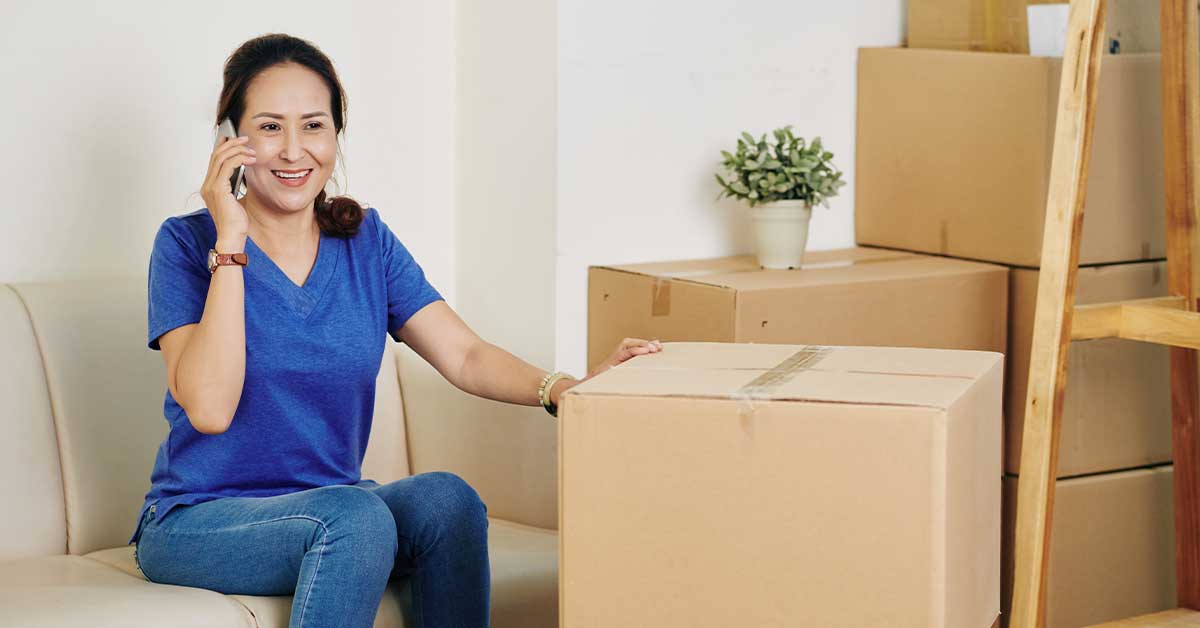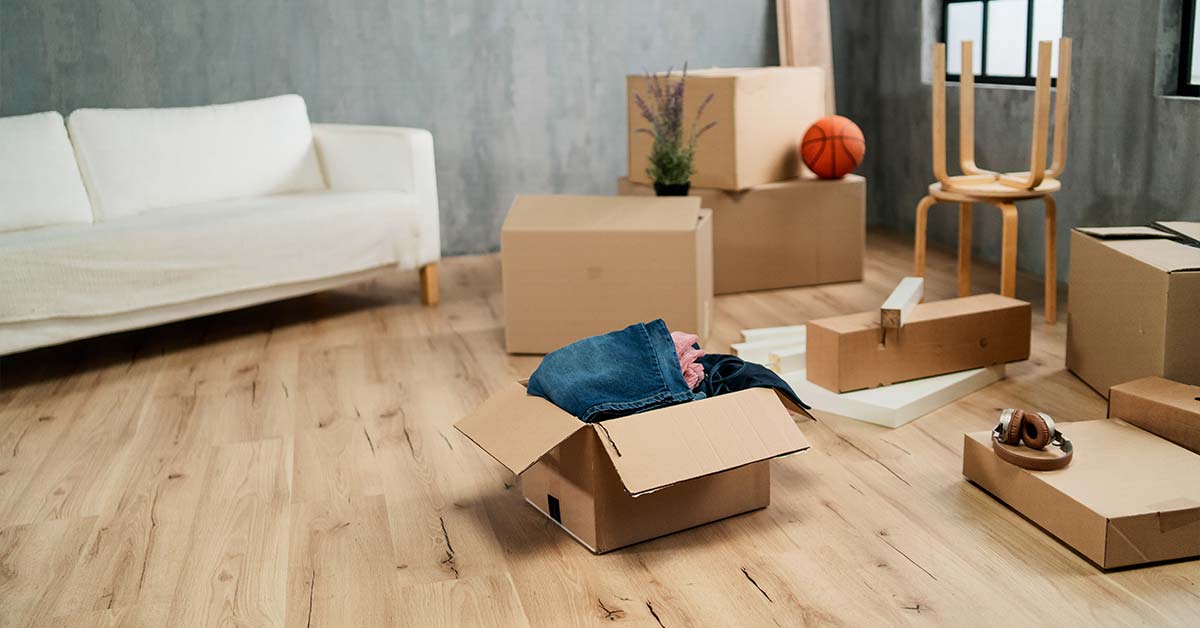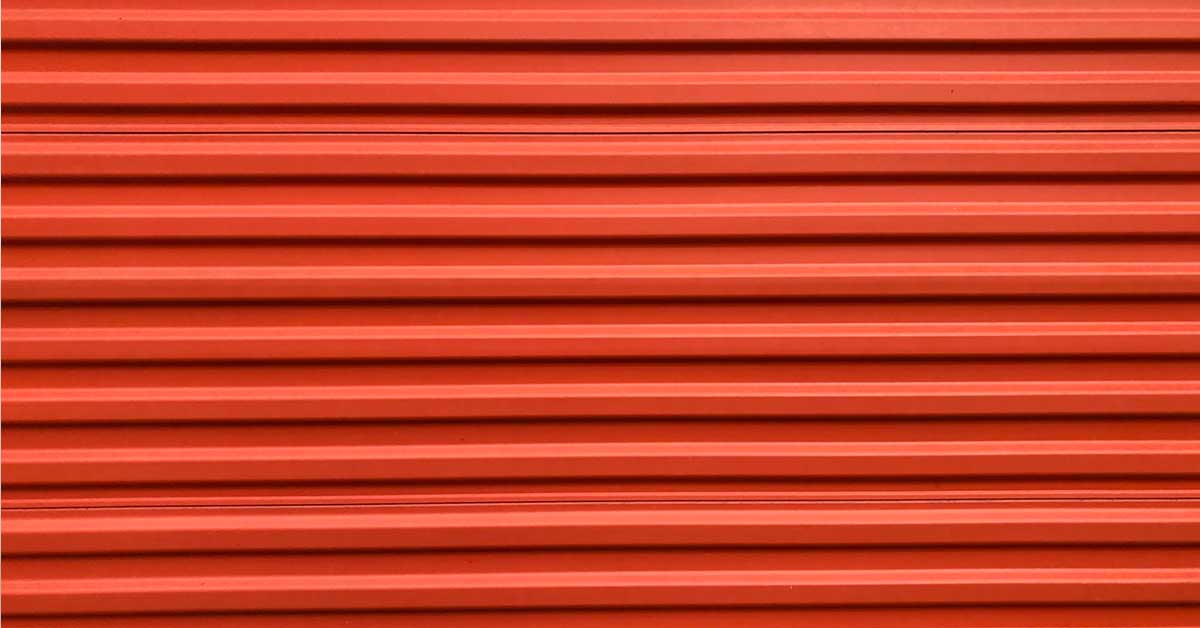Photos are cherished memories that capture moments we want to cherish forever. From family vacations to special events, these precious moments are often captured in the form of photographs. However, with the rise of digital photography, we have more photos than ever before, and finding adequate storage solutions for our physical and digital photos has become essential. In this blog post, we will explore different ways to store your photos, and we will also delve into the benefits of renting a storage unit for your cherished memories.
Organize and Digitize Your Photos
The first step in storing your photos is to organize and digitize them. Sorting through your photos, discarding duplicates or blurry shots, and organizing them into categories such as events, people, or years can help you easily locate and access your photos in the future. Additionally, digitizing your photos by scanning them or using a photo scanning service can help protect them from physical damage, such as fading or deterioration over time.
Use Acid-Free Storage Supplies
When it comes to physical photo storage, it’s crucial to use acid-free supplies. Acid-free albums, photo sleeves, and boxes are designed to prevent acid from damaging your photos, which can lead to yellowing or discoloration. Look for archival-quality materials that are specifically designed for photo storage to ensure the longevity of your cherished memories.
Create Backup Copies
Another essential step in preserving your photos is to create backup copies. Whether you have physical or digital photos, having multiple copies stored in different locations can help safeguard against loss or damage. For digital photos, consider using cloud-based storage options or external hard drives for backup. For physical photos, consider keeping duplicates in separate locations or with trusted family members.
Consider Renting a Storage Unit
Renting a storage unit can be a practical and convenient solution for storing your cherished photos. Storage units are designed to provide secure, climate-controlled environments that protect your belongings from environmental factors such as temperature fluctuations, humidity, and dust. They are also equipped with advanced security measures such as surveillance cameras, access control systems, and on-site personnel, ensuring the safety of your valuable photos.
Here are some benefits of renting a storage unit for your photos:
a) More Space: If you have a large collection of physical photos or albums that are taking up space in your home, renting a storage unit can free up valuable space in your living area, keeping your home organized and clutter-free.
b) Protection from Environmental Factors: Storing your photos in a storage unit with climate control can help protect them from damaging factors like extreme temperatures, high humidity, or pests, which can cause irreparable damage to your cherished memories.
c) Enhanced Security: Storage units are equipped with advanced security measures such as surveillance cameras, access control systems, and on-site personnel, providing an extra layer of protection for your valuable photos.
d) Privacy: Renting a storage unit can provide you with privacy for your photos, especially if you have sensitive or personal photos that you prefer to keep secure and confidential.
e) Accessibility: Most storage units offer flexible access hours, allowing you to retrieve your photos whenever you need them. This can be especially beneficial if you have photos that you rarely access but want to keep safe for future generations.










